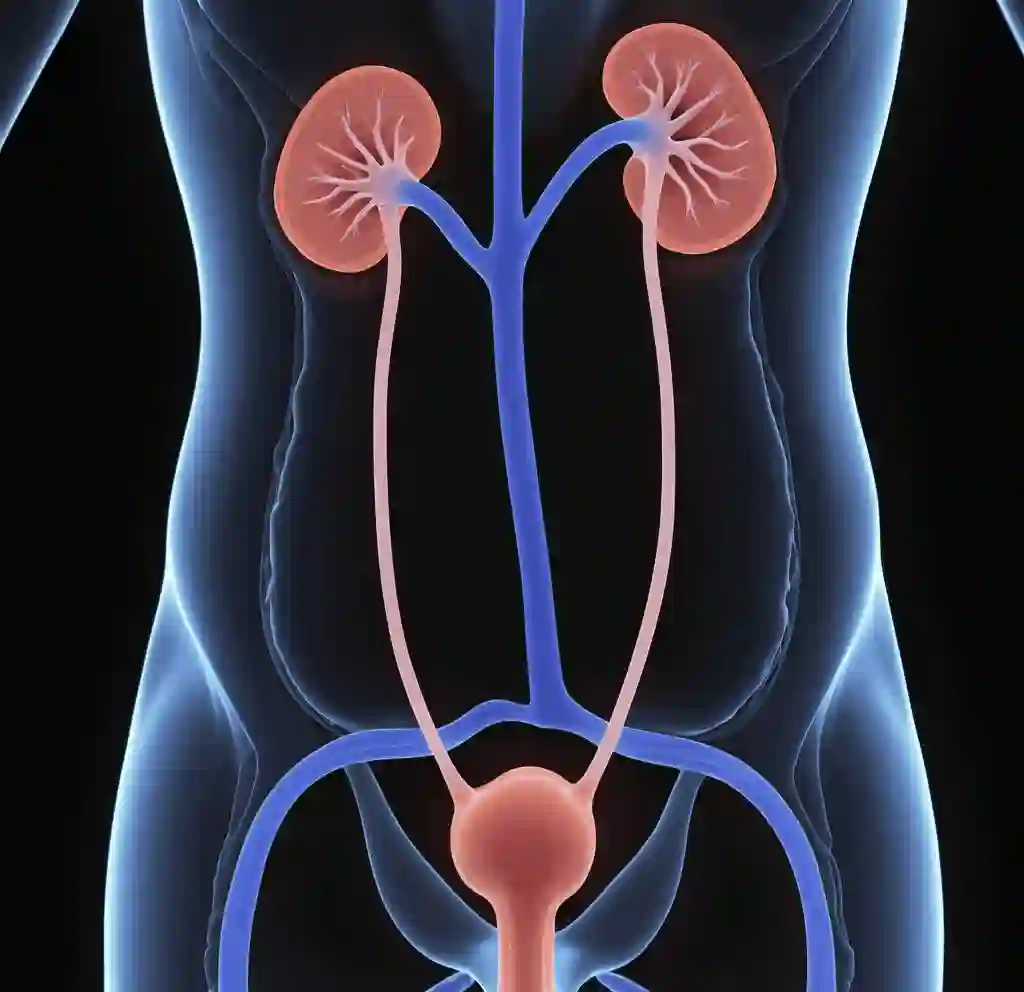What is in this content
What is Phimosis
The head of the penis (also called the glans) is covered by a tissue called the foreskin. The foreskin is usually loose and slides easily over the glans. This movement of the foreskin allows the penis to fully erect. The foreskin can close over the glans and become unable to move preventing normal penile activities.
Phimosis is a condition of the penis characterized by the inability to retract the foreskin or the prepuce covering the glans penis. Phimosis may appear as a tight ring or “rubber band” of foreskin around the tip of the penis, preventing full retraction.
Incidence of Phimosis
It’s estimated that only 1% of people still have phimosis when they are in their adolescence. It affects only boys and is normal in infants and toddlers. Physiological phimosis becomes less common with age. The foreskin can be pulled back behind the glans in about half of 1-year-old boys and nearly 90% of 3-year-olds. Less than 1% of boys aged 16 – 18 years have physiological phimosis
Types of Phimosis
Physiologic Phimosis
Physiologic phimosis is a normal condition in newborns and young children where the foreskin is still attached to the glans penis and cannot be retracted. This condition usually resolves on its own around 5 – 7 years of age, however the child may be older.
Pathologic Phimosis
Pathologic phimosis is a condition where the foreskin becomes scarred and tight, making it difficult or impossible to retract. This condition can be caused by infections, inflammation, or injury. Forceful foreskin retraction can lead to bleeding, scarring, and psychological trauma for the child and parent. Pathological phimosis is more common in the adult population due to scarring of the foreskin secondary to a wide list of conditions.
Causes & Risk factors of Phimosis
Phimosis mostly affects uncircumcised males and is more common in children than men. Its occurrence is natural in male children especially in uncircumcised toddlers. It is caused by damage or scarring in older boys. The following exposes one to getting phimosis
- Recurrent urinary tract infection.
- Inflammation or Infections of the foreskin or the glans penis.
- Repeated rough handling of the foreskin.
- Trauma that affected the foreskin.
- Preputial adhesions, or scar tissue, that keep the foreskin attached to the tip (glans) of the penis.
- Skin conditions such as eczema, psoriasis, lichen planus and lichen sclerosus
- Individuals with type 2 diabetes
Pathophysiology of Phimosis
Phimosis is a condition where the foreskin can't be retracted from the head of the penis. It occurs when the foreskin of an uncircumcised male child is forced back before it is ready to form. This causes bleeding, as well as glandular excoriation and injury. Consequently, a fibrous scar to form preventing future retraction of the foreskin, this process is physiological.
Pathologic Phimosis is associated with a conditions such as, balanitis xerotica obliterans (BXO). BXO is a chronic inflammatory process caused by an infection which leads to thickening and depigmentation of the foreskin which is often adherent to the glans penis. And when this happens it make the foreskin tight and difficult to retract, and can even partly block the flow of urine.
Signs & Symptoms of Phimosis
When the foreskin become tight, it may interfere with the normal passage of urine. In severe cases, this can prevent the person from emptying their bladder fully. Symptoms usually includes soreness, swelling, redness and inflammation of the glans penis.
- Inability to fully pull back the foreskin by age 3 or older.
- Inflammation of the head of the penis.
- Thick discharge under the foreskin.
- Dysuria
- Redness, soreness, or swelling of the foreskin.
- Ballooning of the foreskin while urinating.
- Pain with erections or with sexual activity.
Diagnosis & Test
- Physical examination
- History taking
- Urine tests to check for urinary tract infections.
- Swab tests to check the foreskin for bacteria.
- Blood and/or urine test to measure the blood sugar levels in your body.
You may also like: Signs & symptoms, complications of Priapism
Phimosis Treatment
Phimosis is not life threatening condition which it does not always lead to symptoms, but presenting symptoms are uncomfortable. Treatments option available depends on the presenting symptoms
Medications such as; topical steroid applied directly to the foreskin for phimosis without scarring.
Steroid cream or ointment to loosen the tight foreskin is successful in most cases.
Antifungal cream or antibiotics if caused by balanoposthitis or balanitis.
Circumcision of the foreskin, which is a surgical procedure.
Nursing Interventions of Phimosis
Pre-operative care
- Reassure patient and explain procedure.
- Assess patient's level of pain before the surgical procedure.
- Ask patient to take his bath the night before the surgical procedure.
- Pass indwelling catheter with strict aseptic technique.
- Shave and clean the perineum with antiseptic prior to surgery
- Explain the need to abstain from sexual activity before and after the surgery to the patient.
- Maintain IV line and give pre-medications as ordered.
- Treat all UTT's before the surgery.
- Check and record pre-vital signs.
- Take blood sample for grouping and cross-matching, ensure the results are collected before the surgery.
Post-operative care
- Inspect patient for bleeding and reinforce dressing, at the incision site.
- Assess patient's pain and administer analgesic as ordered.
- Monitor vital signs and report any abnormal changes.
- Administer antibiotics ordered to prevent infection.
- Strict catheter care to prevent infection.
- Applying an ice pack on the area can also help reduce swelling and alleviate pain
- Educate patient on diet that will help in wound healing.
- Reinforce on the importance of abstaining from sexual activities.
- Maintain strict intake and output chart.
- Educate the patient on catheter care prior to discharge.
- Report to the surgeon in case of any sign of infection
Complications of Phimosis
- Recurrence
- Posthitis
- Necrosis and gangrene of the glans
- Autoamputation
Preventions of Phimosis
- Practice good personal hygiene. Gently cleaning the penis daily helps tremendously with phimosis prevention.
- Avoid rough handling of the foreskin.
- Treat all infections promptly.
- Practice safe sex
- Abstain from sexual misconduct
- Getting circumcised will prevent phimosis from happening










